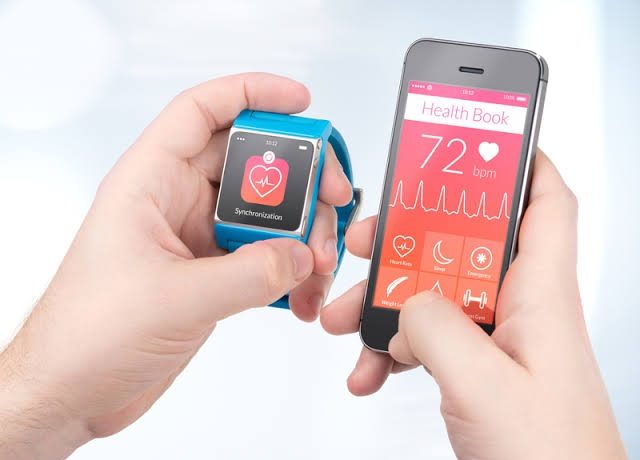Medical devices are defined as any tool, appliance, device, software, implant, reagent, or other product intended by the maker to be used, alone or in the mix, for humans, for several of the complying with specific medical requirements:
- medical diagnosis, tracking, avoidance, forecast, treatment, prognosis, or alleviation of condition,
- medical diagnosis, treatment, surveillance, reduction, or settlement of an injury or disability,
- examination, substitute or modification of the makeup or a physiological or pathological process or state,
- supplying details by means of in vitro evaluation of specimens stemmed from the human body, including blood, organ, as well as tissue contributions.
The guideline needs all these devices to:
- be suitable for their desired purpose;
- be secure as well as efficient;
- not endanger the medical condition or the security of patients, or the safety and security and wellness of users.
The regulation likewise applies to accessories for clinical gadgets as well as to certain item groups without a clinical purpose, such as get in touch with lenses, products intended to be totally or partly introduced into the human body through operatively intrusive methods, items meant for the objective of modifying the anatomy or fixation of body parts, high strength electromagnetic radiation emitting devices as well as devices meant for mind excitement.
The policy does not relate to in vitro diagnostic clinical devices, aesthetic products, medicinal items, transplants, human blood, and food.
Should You Equate Guidelines for Medical Tools?
The brief solution: yes!
The longer answer:
The Policy calls for that the guidelines are translated into the language(s) accepted by the Member of States where the tool is offered to the user or client.
A lot of, otherwise, all, Participant States call for the instructions to be equated, yet from an item liability viewpoint, it is constantly best to translate the directions.
Additionally, the tag or tags on the tool and on its packaging need to be provided in the languages approved by the Member States, where the clinical tool is envisaged to be offered.
The translation demand also puts on the EU affirmation of consistency.













